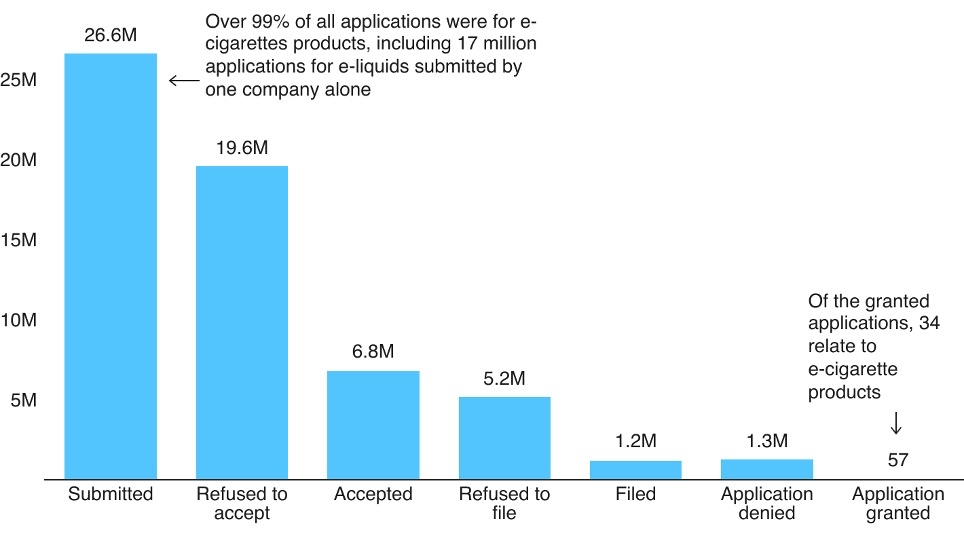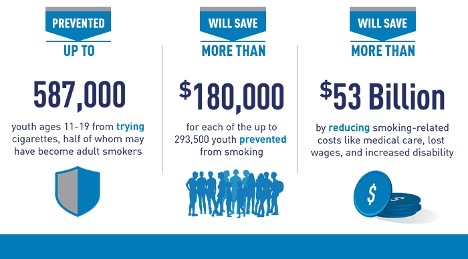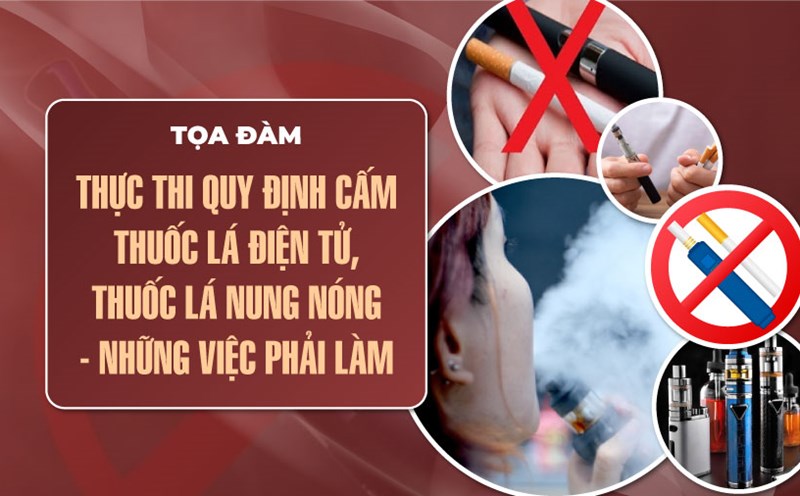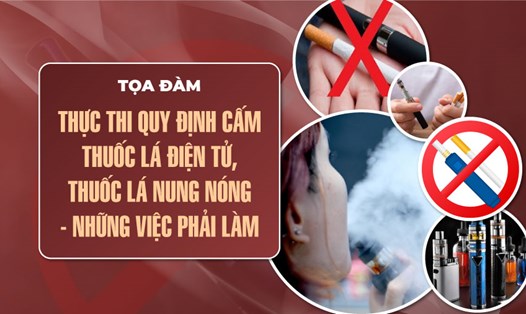A series of regulations are implemented in tobacco control measures
In 2009, the US issued a Federal law on Family Smoking Prevention and Control. This act allows the US Food and Drug Administration (FDA) to regulate the production, distribution and trading of tobacco products. These include limiting the marketing and sale of cigarettes to adolescents, banning sponsorship of sports and entertainment events, banning giving free cigarette samples and non-cigarette advertisements with tobacco labels.
In addition, warning labels on new-generation tobacco products (TLTHM) are required to ensure that "risk reduction" statements are supported by scientific evidence.
Accordingly, the FDA reviews millions of submissions from TLTHM manufacturers, including scientific studies, surveys on youth appeal, and product customization. Only products that pass FDA inspection are allowed to be declared as less harmful than traditional cigarettes.
Currently, only one heated tobacco product (TLNN) and some smoking tobacco products are licensed with the indication of reducing the content of harmful substances compared to cigarettes. This is also considered a reliable scientific evidence supporting the legalization of products to many countries.
In addition, the FDA also requires manufacturers to announce product ingredient details. Therefore, despite changes in the external appearance, the ingredient list still clarifies the substances and contents in each original electronic cigarette product (containing only tobacco ingredients), electronic cigarettes (e-cigarettes) (substants in the solution). It is known that the FDA has not yet licensed any mixed-use cigarettes (cigarette and solution mixes).

Strategy to reduce the harmful effects of tobacco in the United States
Despite the efforts of countries, the goal of reducing the smoking rate to date still faces many challenges. The tax increase measure is expected to reduce consumption, but only make the fight against smuggling more complicated.
Therefore, countries have shifted to the goal of reducing harm. Although not the best way, compared to traditional smoking, it is still a more suitable choice.
Accordingly, this strategy was soon supported by the US. According to information published in The Washington Post: The Trump administration has shown a stance towards TLTHM when it said that non-smoked tobacco products are a major industry that needs protection in 2019. During his second term as President in September 2024, Mr. Trump continued to affirm that he would once again protect the industry.
According to convenience Store News: After taking office, Mr. Trump officially requested the FDA to streamline the licensing process for TLTHM to manage products more closely, meeting users' needs with legal products instead of leaving gaps for smuggled goods to enter.
Data from the Center for Disease Control and Prevention (CDC) 2017 - 2023, shows that there is absolutely no change in the rate of tobacco use.The rate of cigarette use has decreased, while the rate of TLTHM products has increased.This conclusion shows two problems.
First, the demand for cigarettes or nicotine remains unchanged. Second, although the rate of nicotine use has not decreased, at least users have changed their behavior when switching to alternative products.
According to experts, US tobacco control is aimed at achieving public health goals, helping to balance the rights of adults who smoke, and preventing young people from accessing it.
The FDA recently announced: "adults who smoke cigarettes should be informed about the different levels of risk of products, in which traditional cigarettes have the highest risk. If we completely switch to using electronic cigarettes, electronic cigarettes, and black cigarettes, it can reduce the harmful effects on health and the level of exposure to toxic chemicals, causing cancer".
At the same time, FDA also carries out a community education campaign, focusing on young people. As a result, after only 1 year (2023-2024), the campaign has prevented nearly 450,000 young people from starting to use e-commerce, contributing to reducing the rate of e-commerce use in this group by nearly 70%. Currently, the rate of students using e-commerce in the US is only about 5% compared to over 27% (2019).)

This achievement further highlights the need for in-depth research and promoting evidence-based policies to optimize potential benefits and reduce the harmful effects of tobacco products in efforts to control global tobacco.











